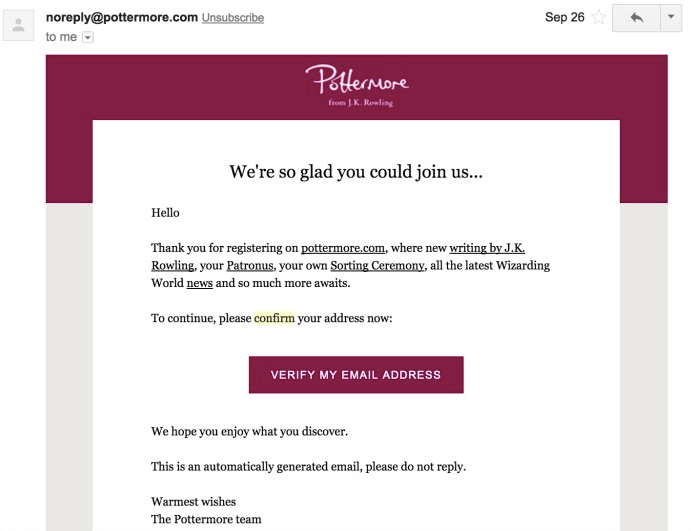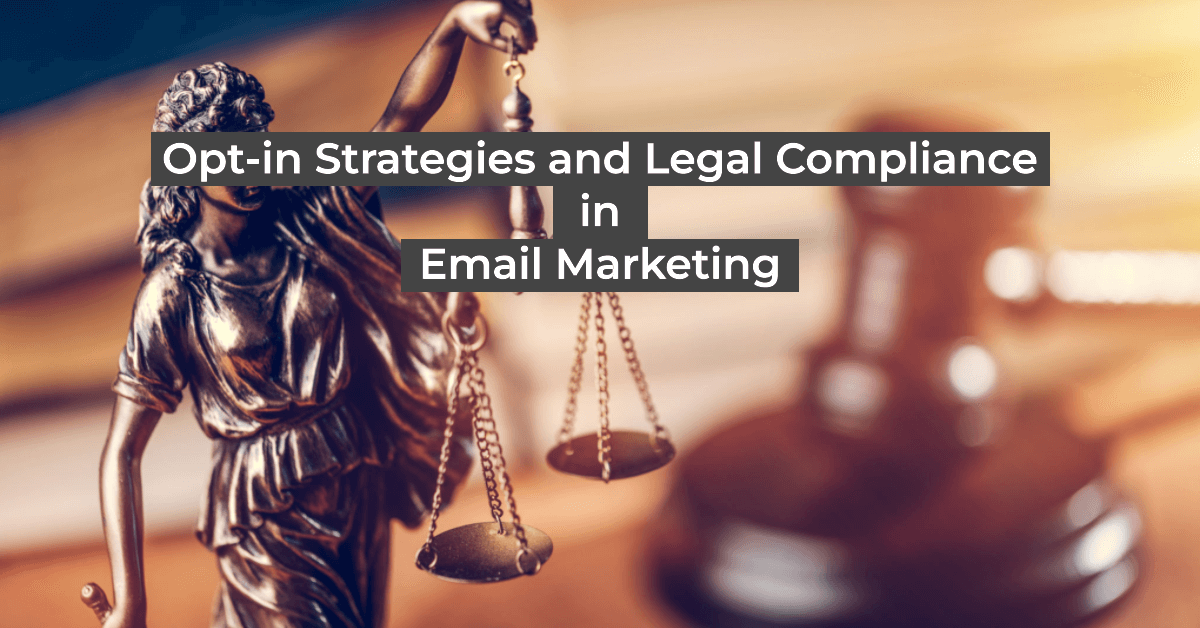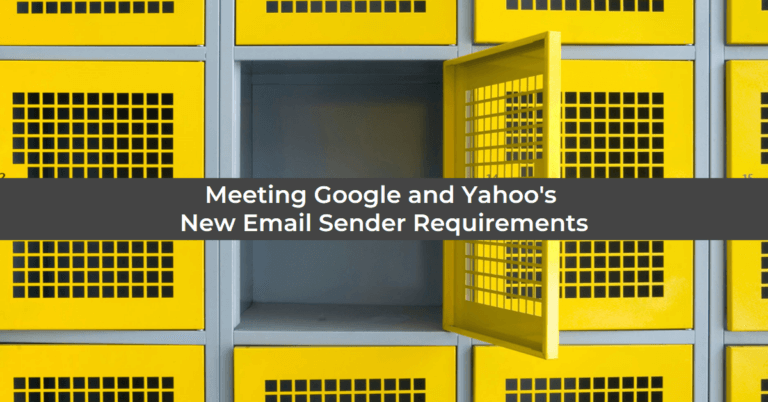Email marketing is a powerful tool that allows businesses to engage with their audience, nurture customer relationships, and drive conversions. However, understanding the various opt-in strategies and their legal framework is vital to ensure compliance and protect your business’s reputation. In this post, we will explore opt-in strategies in email marketing and dive into the regulations that govern them.
Exploring Opt-in Strategies: Building a Responsive Subscriber Base
This section will explore different opt-in strategies and their significance in building an engaged and responsive subscriber base.
Single Opt-in: Streamlined Subscription Process

Single opt-in lets users instantly subscribe to your email list by providing their email address. It offers a simplified signup process, making it convenient for subscribers. Using a single opt-in may offer a fast way to subscribe. However, it can also open you to potential abuse from malicious bots or users. To reduce risks and ensure a high-quality subscriber base, it’s recommended to implement extra measures such as CAPTCHA verification (Google Recaptcha is a useful free tool) or email validation.
Double Opt-in: Enhancing Engagement and Regulatory Compliance

Double opt-in, or confirmed opt-in, involves a two-step verification process where subscribers confirm their intention to join your mailing list. This method offers several benefits, including enhanced engagement and compliance with regulations such as the General Data Protection Regulation (GDPR) in the European Union. Double opt-in improves subscriber quality, reduces spam complaints, meets regulations, and increases message delivery success.
Legal Compliance in Email Marketing: Understanding the Regulatory Landscape
Now that we understand the different opt-in strategies, we must explore the legal considerations and regulations that shape email marketing practices.
General Data Protection Regulation (GDPR)
If your business operates within the European Union or handles the personal data of EU residents, compliance with the GDPR is crucial. The GDPR mandates obtaining explicit consent from individuals before collecting and processing their personal information. Double opt-in ensures GDPR compliance with explicit consent records.
CAN-SPAM Act
The CAN-SPAM Act applies to commercial email messages sent to recipients in the United States. It sets guidelines for commercial emails, including the inclusion of accurate sender information, precise opt-out mechanisms, and avoidance of misleading subject lines. While the CAN-SPAM Act does not explicitly require double opt-in, it’s advisable to use confirmed opt-in to demonstrate compliance and minimize the risk of complaints.
Implementing Opt-in Strategies Effectively and Compliantly
This section will explore practical techniques to implement opt-in strategies effectively while ensuring compliance with relevant regulations.
Transparent Consent
Communicate the value subscribers will receive by joining your email list. Use concise and understandable language to explain how their information will be used and emphasize their ability to unsubscribe easily.
Opt-in Form Design
Design opt-in forms that are user-friendly and prominently displayed on your website. Keep the form fields minimal, requesting only necessary information to encourage higher conversion rates.
Confirmation Emails
When utilizing double opt-in, please send a confirmation email with a clear call-to-action for subscribers to verify their email addresses. Make the process simple and convenient, ensuring the confirmation link is easily accessible.

Privacy Policy and Terms of Service
Ensure that your website has a comprehensive and transparent privacy policy and terms of service that outline how you handle and protect subscriber data. Provide links to these policies within your opt-in forms for transparency and compliance.
Frequently Asked Questions
Is it necessary to use double opt-in?
While double opt-in is not mandatory in all cases, it is considered a best practice for building a high-quality subscriber base and maintaining compliance with regulations such as GDPR. Double opt-in provides evidence of explicit consent and helps reduce the risk of spam complaints.
What steps should I take to comply with GDPR?
To comply with GDPR, ensure that you obtain explicit consent from individuals before collecting their personal information. Implement a robust double opt-in process, clearly communicate your data handling practices, and provide mechanisms for individuals to access, modify, or delete their data upon request.
Conclusion: Navigating Opt-in Strategies and Legal Compliance in Email Marketing
Congratulations! You now have a comprehensive understanding of opt-in strategies in email marketing and the legal considerations surrounding them. By implementing effective opt-in strategies and adhering to relevant regulations, you can build a responsive subscriber base while safeguarding your business’s reputation.
Remember to stay informed about the evolving legal landscape, regularly review and update your opt-in processes, and prioritize transparency and compliance in your email marketing efforts. By doing so, you can harness the power of opt-in strategies, drive successful campaigns, and build strong relationships with your subscribers.



